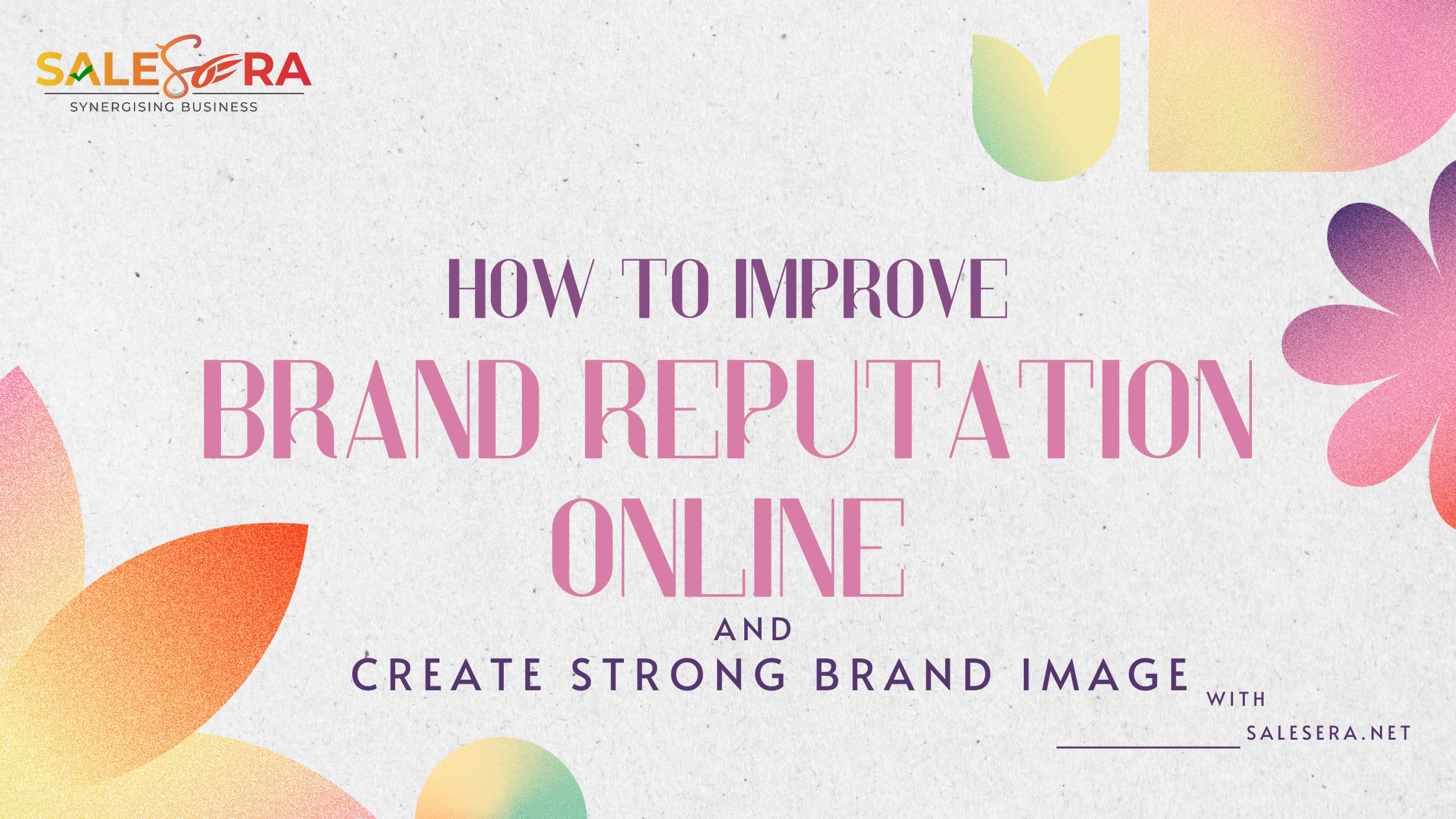Influencer marketing is a powerful tool to help brands reach a wider audience, build trust and credibility, and drive sales. Collaborating with influencers can provide authenticity and credibility to your brand, but it’s essential to choose the right influencers for your campaign to ensure its success. In this blog post, we’ll explore the key factors you should consider when selecting influencers for your marketing campaign.
· Relevance to Your Niche
The first and foremost factor to consider is the relevance of the influencer to your niche or industry. The influencer should have content that aligns with your products or services. This alignment ensures that their audience is more likely to be interested in your offerings, increasing the chances of a successful campaign.
· Audience Demographics
Understanding the demographics of the influencer’s audience is crucial. You should know who the influencer’s followers are in terms of age, gender, location, interests, and purchasing behavior. Make sure that their audience closely matches your target demographic to maximize the campaign’s effectiveness.
· Engagement Metrics
Look beyond an influencer’s follower count and focus on their engagement metrics. High engagement rates, including likes, comments, and shares, indicate an active and responsive audience. An influencer with 10,000 engaged followers may be more effective than one with 100,000 followers but low engagement.
· Authenticity and Credibility
Authenticity is key in influencer marketing. Audiences trust influencers who are genuine and transparent about their partnerships. Research an influencer’s previous collaborations and reviews to gauge their credibility. Avoid those who have been involved in controversial or dishonest campaigns that could harm your brand’s reputation.
· Content Quality
Evaluate the quality of an influencer’s content. Their posts should align with your brand’s image and values. Well-produced and visually appealing content can significantly enhance the perception of your products or services.
· Communication Skills
Effective communication is vital for a successful influencer partnership. Ensure that the influencer has excellent communication skills, as they will be the bridge between your brand and their audience. They should be able to convey your message clearly and authentically.
· Past Performance
Review the influencer’s past collaborations and campaign performance. Ask for case studies or data on how their previous partnerships have impacted brands. This information can help you assess their effectiveness and potential return on investment (ROI).
· Contractual Agreements
Clearly define the terms of your collaboration in a contract. Include details about deliverables, payment, content usage rights, and key performance indicators (KPIs). A well-structured contract ensures both parties are on the same page and helps mitigate potential issues down the line.
· Long-term vs. Short-term Goals
Consider whether your campaign’s goals align with a short-term or long-term influencer partnership. Short-term campaigns may focus on a single promotion, while long-term partnerships can help build brand loyalty over time.
· Compliance and Disclosure
Ensure that the influencer complies with relevant advertising regulations and discloses their relationship with your brand transparently. Non-compliance can lead to legal issues and damage to your brand’s reputation.
Once your influencer campaign is complete, it’s important to evaluate its success. This will help you determine whether the campaign met your goals and whether it’s worth doing again in the future.
How to Evaluate an Influencer Campaign

The key metrics for evaluating the performance of influencer marketing campaigns can vary depending on your specific goals and the platforms you’re using. However, here are some common key metrics that you should consider when assessing the success of your influencer campaign:
· Reach and Impressions
- Reach: The total number of people who have seen the influencer’s content or post.
- Impressions: The total number of times the influencer’s content or post has been displayed, regardless of whether it’s the same person seeing it multiple times.
· Engagement Metrics
- Likes: The number of likes or thumbs-up reactions on the influencer’s post.
- Comments: The number of comments left on the post, indicating active engagement.
- Shares/Reposts: The number of times the content was shared or reposted by the influencer’s followers, extending its reach.
· Click-Through Rate (CTR)
CTR measures the percentage of people who clicked on a link or call-to-action (CTA) in the influencer’s post, directing them to your website or landing page.
· Conversion Rate
Conversion rate measures the percentage of users who completed a desired action, such as making a purchase, signing up for a newsletter, or downloading an app after clicking on the influencer’s content.
· Website Traffic
Analyze the increase in website traffic that can be attributed to the influencer campaign using tools like Google Analytics.
· Sales and Revenue
Track the direct sales generated from the influencer’s campaign and calculate the return on investment (ROI) by comparing the revenue generated to the campaign cost.
· Follower Growth
Assess the increase in your social media or email subscribers resulting from the influencer’s promotion.
· Brand Mentions and Hashtag Usage
Measure the number of times your brand was mentioned or your campaign-specific hashtag was used by the influencer’s audience.
· Content Engagement Rate
Calculate the engagement rate as a percentage of total interactions (likes, comments, shares) divided by the total number of followers. A higher engagement rate indicates a more engaged audience.
· Audience Demographics
Analyze data on the influencer’s audience demographics to ensure they align with your target audience.
· Content Quality and Relevance
Subjectively assess the quality and relevance of the content created by the influencer. Is it aligned with your brand’s messaging and values?
· Return on Investment (ROI)
Evaluate the overall ROI of the campaign by comparing the revenue generated to the total campaign cost, including influencer fees and other expenses.
· Customer Acquisition Cost (CAC)
Calculate the cost of acquiring a new customer through the influencer campaign by dividing the campaign cost by the number of new customers gained.
· Customer Lifetime Value (CLV)
Estimate the potential long-term value of customers acquired through the campaign, considering their future purchases and loyalty.
· Post-Campaign Surveys and Feedback
Collect feedback from customers or followers to gauge their perception of the campaign and its impact on their decision-making.
Remember that the choice of metrics should align with your campaign objectives. For example, if your goal is brand awareness, you may prioritize reach and impressions, while a sales-focused campaign would emphasize conversion rates and revenue generated. Regularly monitor and analyze these metrics to fine-tune your influencer marketing strategy for optimal results.
If you find this article helpful, don’t forget to follow our company salesera social media pages for high-quality business growth, and watch educational and informative content on our YouTube channel.

![]()











